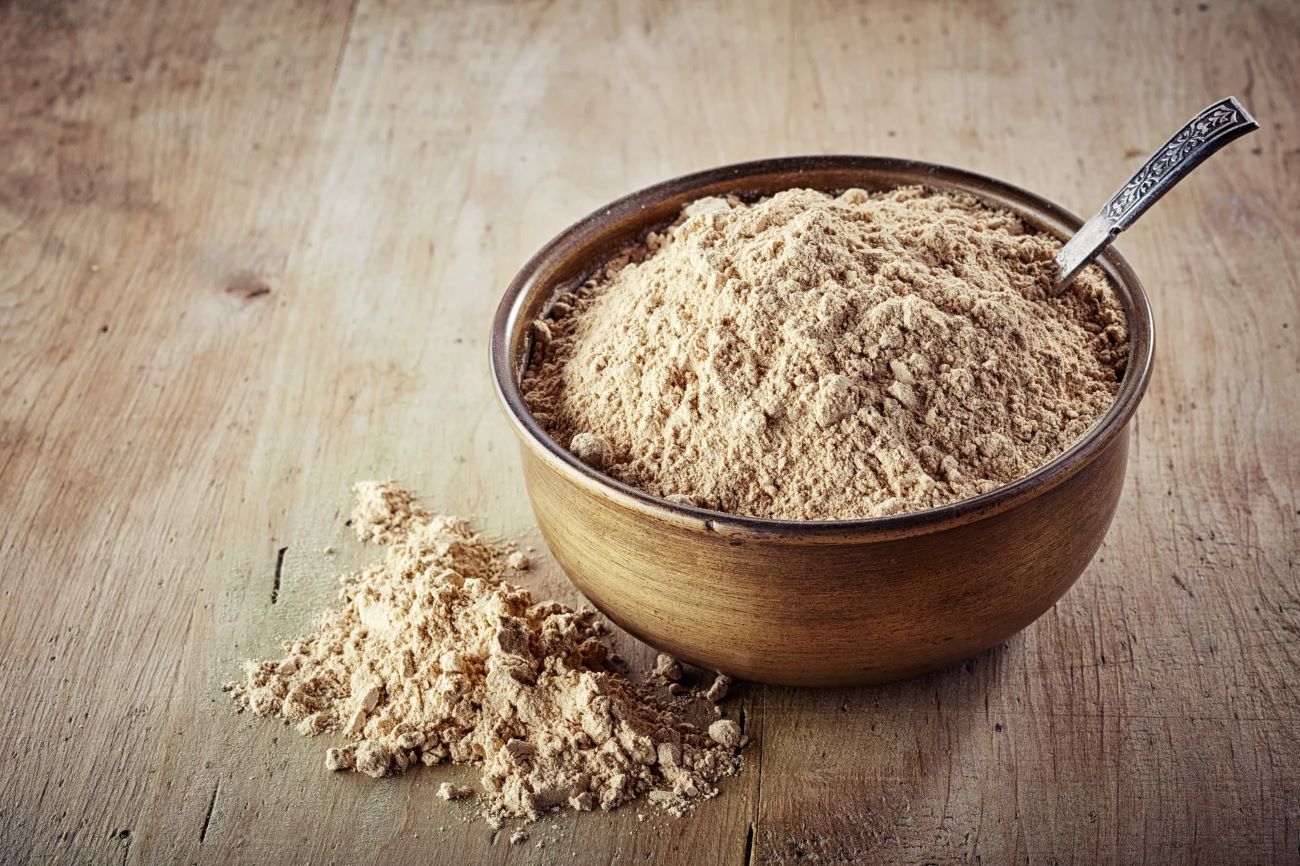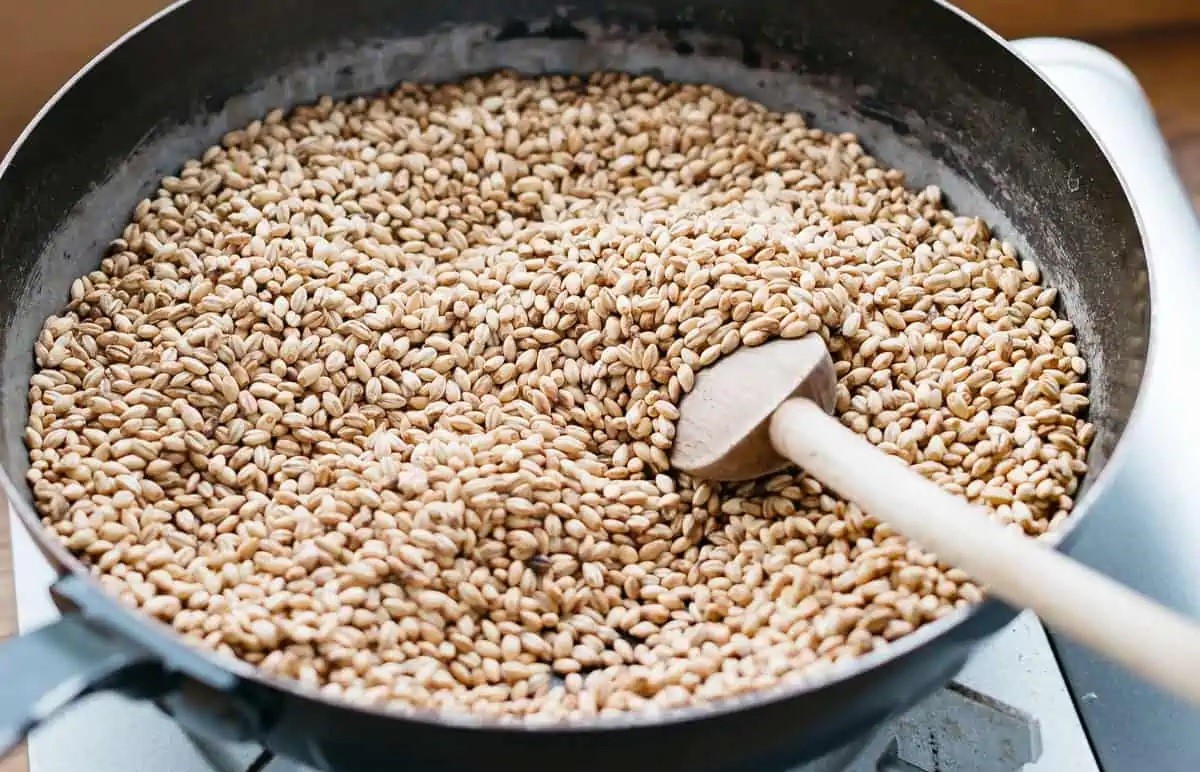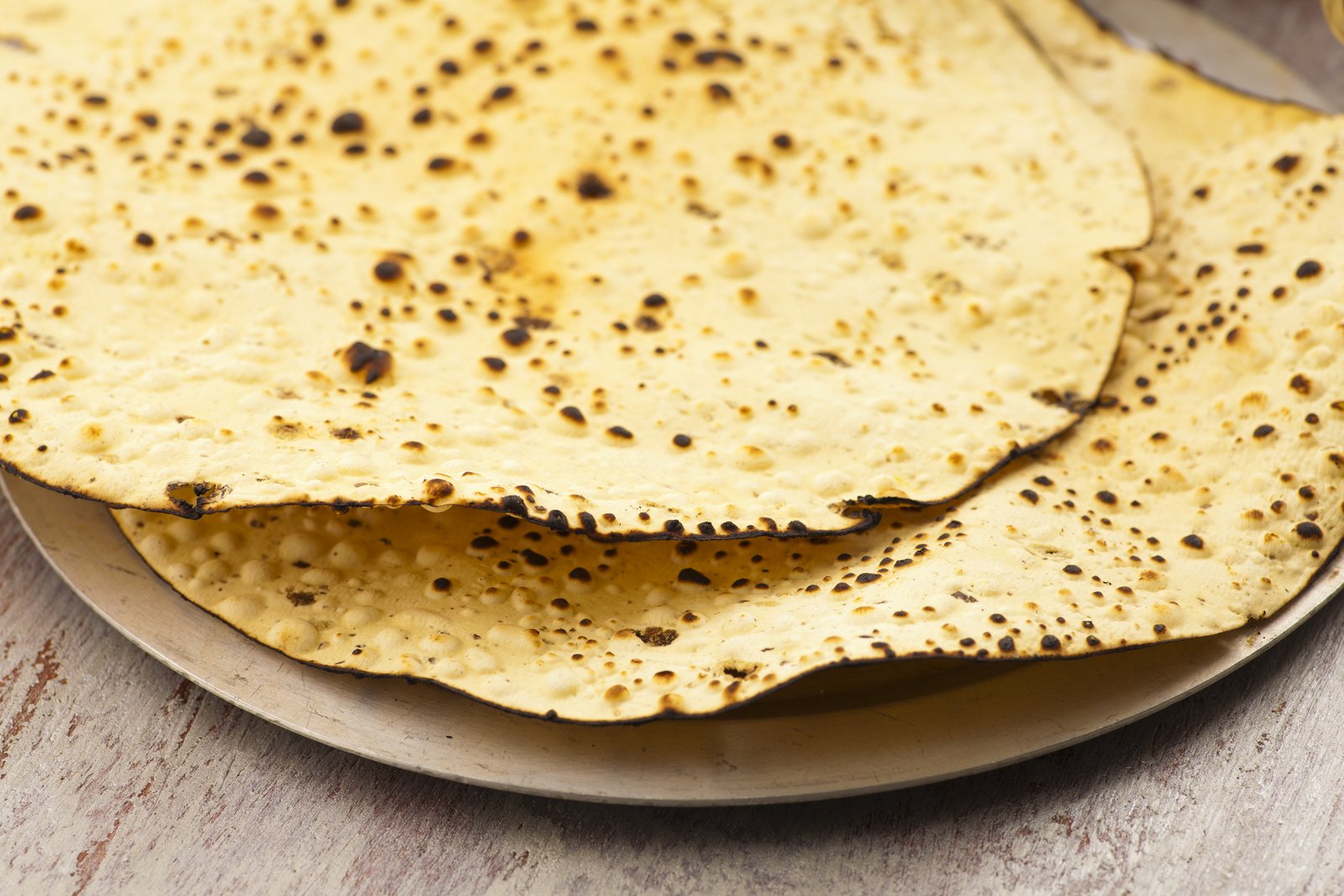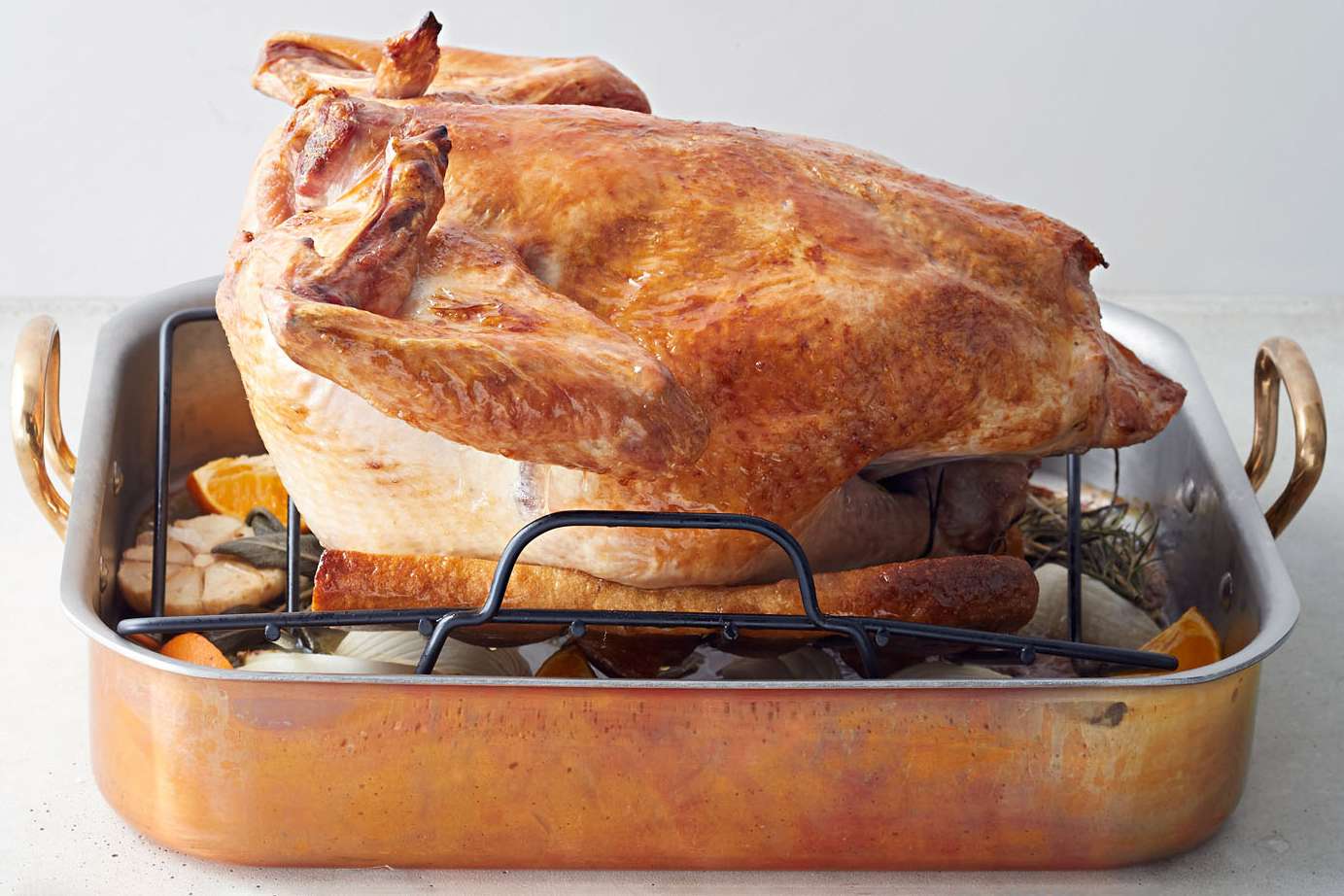How to Brew Coffee in a Neapolitan Flip Pot
Sipping a perfectly brewed cup of coffee in the morning can be a delightful way to start your day. While there are various brewing methods to choose from, one that stands out for its unique charm and rich flavor is using a Neapolitan flip pot.
If you’re new to the world of Neapolitan coffee brewing, fear not! We’re here to guide you through the process, step by step.
What is a Neapolitan Flip Pot?
The Neapolitan flip pot, also known as a flip coffee pot or a Napoletana, is an elegant and traditional Italian coffee brewing device. Its design dates back to the 18th century and has stood the test of time for its simplicity and effectiveness.
Unlike other coffee brewing methods, a Neapolitan flip pot is a three-chambered device made of stainless steel or copper. Its main parts include an upper chamber for water, a middle chamber for coffee grounds, and a lower chamber where the brewed coffee collects.
The Art of Brewing with a Neapolitan Flip Pot
Now, let’s delve into the step-by-step process of brewing coffee in a Neapolitan flip pot:
- Measure and grind: Start by measuring the desired amount of coffee grounds. For a medium-strength brew, use around 1.5 to 2 tablespoons of coarsely ground coffee per 6 ounces of water. Adjust the ratio according to your taste preferences.
- Add water: Fill the upper chamber of the flip pot with filtered or spring water. Be careful not to exceed the safety valve. It’s essential to use quality water to enhance the flavors of your coffee.
- Insert the filter: Place the filter disc with the coffee grounds in the middle chamber. Ensure that the filter sits securely and evenly.
- Assemble the flip pot: Carefully join the upper and middle chambers, making sure they are tightly sealed.
- Heat: Place the flip pot on a stove over medium-low heat. It’s important to use a low and consistent flame to avoid scorching the coffee.
- Flip: After a few minutes, as you start to hear a bubbling sound, it’s time to flip the pot. Hold the handles firmly and flip it, allowing the heated water to percolate through the coffee grounds.
- Brewing time: Let the coffee brew for about 3-5 minutes, depending on your desired strength. The longer it brews, the stronger the flavor.
- Enjoy your cup of Neapolitan coffee: Once the brewing process is complete, carefully pour the brewed coffee from the lower chamber into your cup. Take a moment to savor the enticing aroma and the bold taste of your Neapolitan-style coffee.
Tips for a Flawless Neapolitan Coffee Experience
Here are a few additional tips to elevate your Neapolitan coffee brewing:
- Choose the right coffee: Opt for high-quality coffee beans with flavors that complement the brewing method. Experiment with different roasts and origins to find your favorite.
- Practice patience: Brewing coffee with a Neapolitan flip pot requires a bit of patience, but the end result is well worth it. Embrace the process and enjoy the anticipation.
- Preheat the flip pot: Before adding water, preheat the upper chamber of the flip pot to enhance the brewing process and maintain optimal water temperature.
- Clean with care: After enjoying your coffee, make sure to clean the flip pot thoroughly. Hand wash each part and dry them properly to prevent any residue or corrosion.
Brewing coffee in a Neapolitan flip pot is not only a brewing method but also a beautiful ritual that connects you to centuries-old Italian traditions. So, grab your flip pot, follow these steps, and indulge in the captivating flavors of Neapolitan-style coffee!











